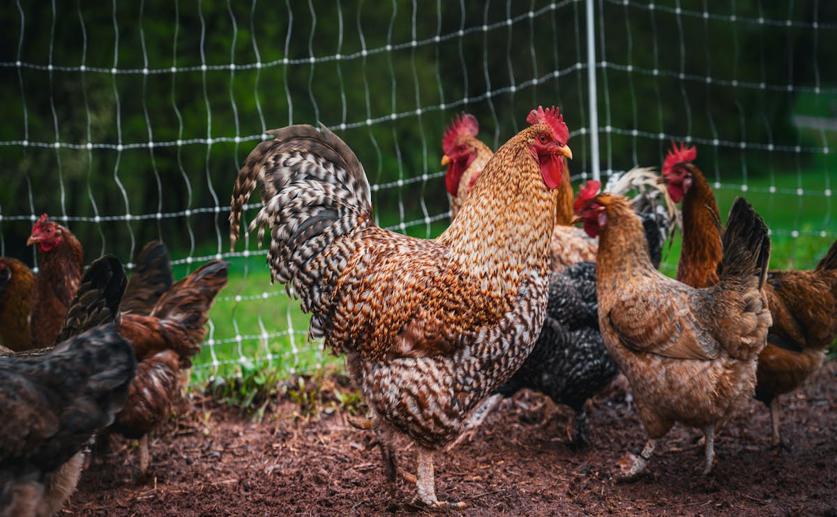
Low Oxygen Levels Cause Cell Death Leading to Wooden Breast in Chickens
Greg Howard
7th June, 2024

Image Source: Lilliana Grace (photographer)
Key Findings
- The study was conducted by researchers from Nanjing Agricultural University on broiler chickens with Wooden Breast (WB) myopathy
- WB-affected muscles showed significant signs of hypoxia, including reduced oxygen levels and increased expression of hypoxia-inducible factors (HIFs)
- There was increased programmed cell death (PCD) activity in WB-affected muscles, indicated by elevated levels of apoptotic markers like caspases and DNA fragmentation
References
Main Study
1) Hypoxia-mediated programmed cell death is involved in the formation of wooden breast in broilers
Published 6th June, 2024
https://doi.org/10.1186/s40104-024-01036-1
Related Studies
2) Myodegeneration with fibrosis and regeneration in the pectoralis major muscle of broilers.
3) Characteristics and incidence of broiler chicken wooden breast meat under commercial conditions in China.
4) Wooden-Breast, White Striping, and Spaghetti Meat: Causes, Consequences and Consumer Perception of Emerging Broiler Meat Abnormalities.



 18th May, 2024 | Jenn Hoskins
18th May, 2024 | Jenn Hoskins